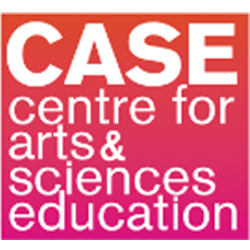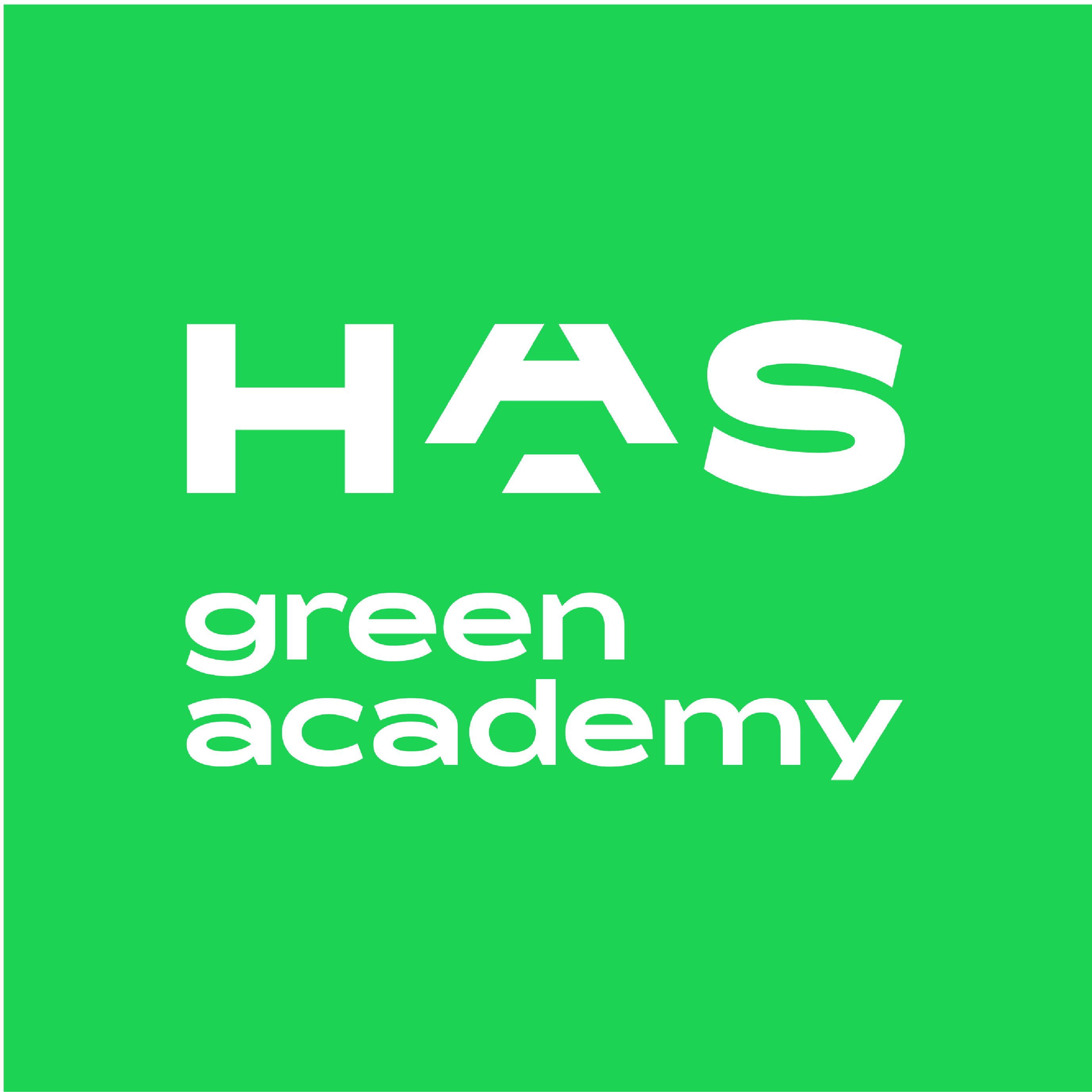Hoe staat het er voor met de verloren generatie?
DOCUMENT
In dit boek komen vijf generaties in Nederland aan het woord. Het boek begint met een overzicht van theorie en methodologie omtrent generatie-onderzoek. Vervolgens schetsen we een beeld van de periodes waarin de vijf generaties opgroeien. Hiermee wordt een terugblik op de 20ste eeuw geworpen. Hierna worden tal van thema's besproken, zoals onderwijs, werk, vrije tijd, politieke deelname, opvoeding.
DOCUMENT
Kenmerken van een generatie verwijzen naar kenmerken van de spraakmakende elite binnen een generatie en gelden dus niet voor de hele generatie. Generaties zijn wel belangrijk: ze verschaffen identiteit, het houdt mensen bezig.
DOCUMENT
In tijden van toenemende culturele diversiteit en arbeidsonzekerheid hebben jongeren in Nederlandse en Duitse stadswijken grote behoefte aan richting met betrekking tot hun toekomstige leven. Ouders en leraren lijken zelf vaak te worden overweldigd door de snel veranderende wereld waarin ze leven. Naast deze veranderingen neemt het gebruik van sociale media sterk toe, waardoor de al bestaande generatiekloof nog groter wordt. Deze ontwikkelingen hebben grote gevolgen voor de levensloopperspectieven van jongeren en leiden er vaak toe dat ze meer dan ooit richting zoeken bij hun leeftijdgenoten. In plaats van dit te zien als een problematische situatie, is dit project erop gericht de netwerken van jongeren te gebruiken als bron voor verbetering van de stadswijken. Het basisidee is jonge adolescenten (in de leeftijd van 12-14 jaar) te empoweren via bepaalde leeftijdgenoten die al gerespecteerd, verantwoordelijk en stabiel in het leven staan. Deze ‘homies’ (vier Nederlandse en vier Duitse jongeren) worden getraind en begeleid door experts op het gebied van oplossingsgericht denken en inspirerende communicatie. Daarna gaan de homies aan de slag in hun eigen wijk, waar ze drie maanden actief zullen zijn. De meeste communicatie met hun leeftijdgenoten zal verlopen via mobiele communicatie en sociale medianetwerken. In het begeleidende onderzoek wordt een analyse gemaakt van de leefsituatie van jongeren in de geselecteerde wijken voor en na de tussenkomst van de homies. De homies houden zelf een (mobiel) dagboek bij dat inzicht zal bieden in hoe zij zelf de veranderingen bij de jongeren in hun wijk zien.
Aandoeningen die te maken hebben met slijtage, zoals degeneratieve kraakbeen defecten, zullen steeds meer voorkomen vanwege de ouder wordende generatie. Momenteel zijn alleen al in Nederland 1,5 miljoen mensen die lijden aan een dergelijke aandoening. Kraakbeen is van zichzelf niet in staat om te genezen. Met dit project werken we naar een mogelijkheid om defecten te verhelpen met 3D-bioprinten.
Size measurement plays an essential role for micro-/nanoparticle characterization and property evaluation. Due to high costs, complex operation or resolution limit, conventional characterization techniques cannot satisfy the growing demand of routine size measurements in various industry sectors and research departments, e.g., pharmaceuticals, nanomaterials and food industry etc. Together with start-up SeeNano and other partners, we will develop a portable compact device to measure particle size based on particle-impact electrochemical sensing technology. The main task in this project is to extend the measurement range for particles with diameters ranging from 20 nm to 20 um and to validate this technology with realistic samples from various application areas. In this project a new electrode chip will be designed and fabricated. It will result in a workable prototype including new UMEs (ultra-micro electrode), showing that particle sizing can be achieved on a compact portable device with full measuring range. Following experimental testing with calibrated particles, a reliable calibration model will be built up for full range measurement. In a further step, samples from partners or potential customers will be tested on the device to evaluate the application feasibility. The results will be validated by high-resolution and mainstream sizing techniques such as scanning electron microscopy (SEM), dynamic light scattering (DLS) and Coulter counter.
Centre of Expertise, part of Hogeschool iPabo, Amsterdamse Hogeschool voor de Kunsten, Avans Hogeschool, +3

Lectorate, part of HAS green academy

Lectorate, part of NHL Stenden Hogeschool